Hiring is one of the most important business decisions any company can make. However, many companies are unsure where to start when it comes to talent acquisition and often overlook key recruiting metrics. Hiring blindly can lead to poor candidate support, turnover, and lost recruiting dollars. In 2021, a bad hire was estimated to cost a business anywhere between $17K to $240K.
While hiring based on instinct can sometimes yield some lucky results, it isn’t a great strategy for long-term growth. In order to make the most informed hiring decisions now and in the future, businesses should measure and monitor these 5 essential recruiting metrics.
#1 – Time to Fill/Hire
When you have a position open up, it’s important to know your timeline. Of all recruiting metrics, this should be evaluated first. Setting timeline expectations can help internal stakeholders like teams and managers allocate proper resources to cover in the interim. The average time to fill a position is 42 days. Use this as a benchmark to ensure your business is able to hold out on operation of that role for at least that long. If not, that indicates that you will either need to reprioritize hiring, or come up with a short-term solution until you get the right person on board.
After you’ve set an estimated timeline, get ahead of the urgency by identifying funnels and streamlining your hiring process. As you go through the motions, watch to see what steps in the process take up the most time. Look for ways to speed them along, or remove them altogether. Regardless, it’s important to address common mistakes that could slow down the hiring process. After all, this could be the make or break of the candidate’s experience.
A study by Cronofy found that 43% of candidates have dropped out of a hiring process due to scheduling delays. That means that you could lose nearly half of your qualified applicants simply because it takes too long to process them. Assess your hiring bottlenecks early and often so you don’t miss out on top candidates due to poor task allocation and time management.
#2 – Attrition/Turnover
Next, it’s pertinent to know your company’s recruiting metrics surrounding attrition. By looking at the turnover rate of a candidate’s first 12 months on the job, you can determine the effectiveness of your recruiting and onboarding processes.
For instance, if you find that you have a rather high turnover rate for new hires, you might want to assess whether or not the job postings are accurately setting the expectations of the role. Are you being transparent throughout the interview process about what it will look like? Is your onboarding training setting these candidates up for success? Or does it need to be reevaluated?
Regardless of the cause, high turnover signifies a lack of communication somewhere in the process leading to costly falloffs. Research by Brandon Hall found that great employee onboarding can improve retention by 82% and productivity by 70%. Essentially, it pays to be conscious of the candidate experience!
#3 – Cost Per Hire
Speaking of payoffs, it’s important to prioritize cost per hire among your core recruiting metrics. This should include job board fees, time spent by hiring managers in interviews and screening resumes, ATS system subscriptions, and any agency fees. Divide that grand total by the total number of hires you’ve made to determine your cost per hire!
This metric is critical. It would be impossible to know whether your optimized recruiting efforts from any of these other steps are having effective ROI/cost savings if you don’t measure cost per hire. Not to mention, it will be important to know how much money you spend on recruitment annually when you begin planning and budgeting. Whether you’re scaling your business, planning for retirements, or getting ready to reorganize, it’s good to know your cost per hire.

#4 – Quality of Hire
Similarly, it’s important to track the quality of the candidates you hire. Although less data-driven, this step falls high among recruiting metrics because it can help you determine whether or not your recruiting process is yielding the results you want. To accomplish this, you’ll want to monitor the performance of each new hire’s first year on the job. Track things like time to onboard, assimilation into company culture, and their impacts on the business.
For example, how much revenue did a salesperson help produce in their first year compared to what you’d expect from someone in their position? Or, think about a marketing hire – did they contribute innovative ideas to the team resulting in audience growth?
If you discover that the quality of your hires does not match what you need from them for the roles you are recruiting for, this is a good indication to adjust your tactics and target a new talent pool. By measuring this success rate, you will also be able to forecast the impacts on the business you need to get to the next level - i.e. if you want to hit $10M in sales next year, you’ll need to know how many new salespeople you will need to hire to get there. Nailing down this recruiting metric can help you plan ahead.
#5 – Diversity of Candidates
Diversity, equity, and inclusion (DEI) benchmarks are becoming more prominent in sourcing goals for companies across the nation – especially as studies continue to show that the more diverse the team, the better they perform and innovate. Therefore, DEI is here to stay among the top recruiting metrics to measure.
To reach your own DEI goals, you’ll need to ensure your candidate pipeline is bringing in a diverse pool of applicants. Leverage Equal Employment Opportunity (EEO) dashboards, candidate surveys, and hiring feedback to gauge where you stand today. Then, adjust your approach to meet the diverse candidates where they are online and in person. Most importantly, leverage resources – whether remote or in person – to foster the best environment for DEI within your existing team. As your candidate pool becomes more diverse, so will your company – and that will result in increased revenue, employee engagement, and more.
Let’s Review – Your Recruiting Metrics
Hiring should be a top priority for all companies, because when you have the right team, you will garner the best results. Whether your goal is to increase revenue, scale to handle new projects, or expand your service offerings – it all starts with the right hire. By tracking the right recruiting metrics, you will be able to address areas of improvement in your process and ultimately make better hiring decisions.

All companies need help when it comes to hiring – and the best resource can be found within their industry. Leveraging a recruiter in your industry saves money, time, and results in better hires and a greater impact on the business. For hiring help within telecom, wireless, manufacturing, healthcare, emerging technology, IoT, accounting and finance, human resources, lighting, cloud and managed services, cybersecurity, information technology, logistics and supply chain, plastics and packaging, food and agriculture, and medical industries – contact a Blue Signal recruiter to get you on the right path.
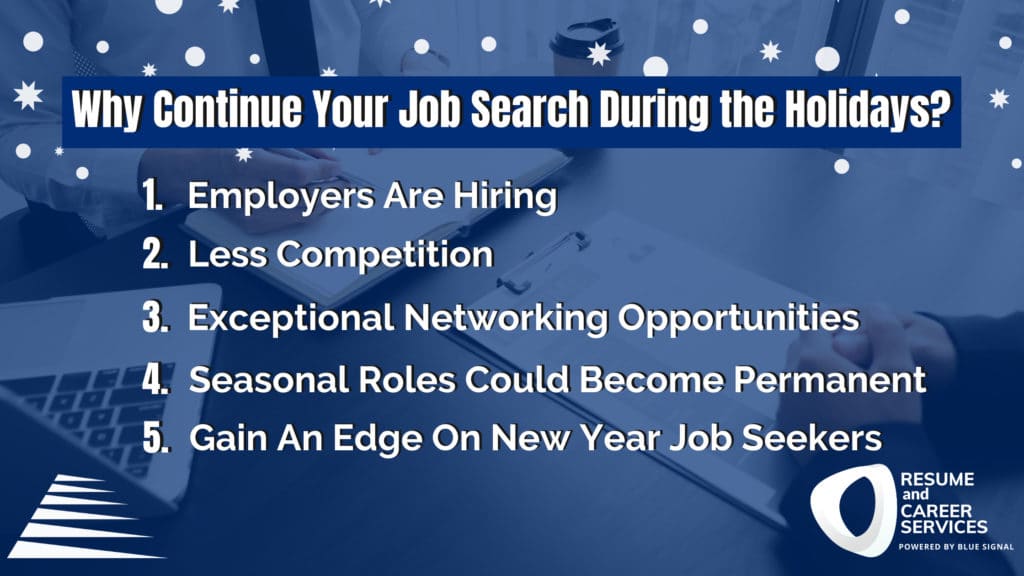
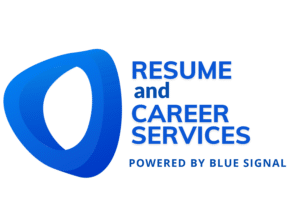
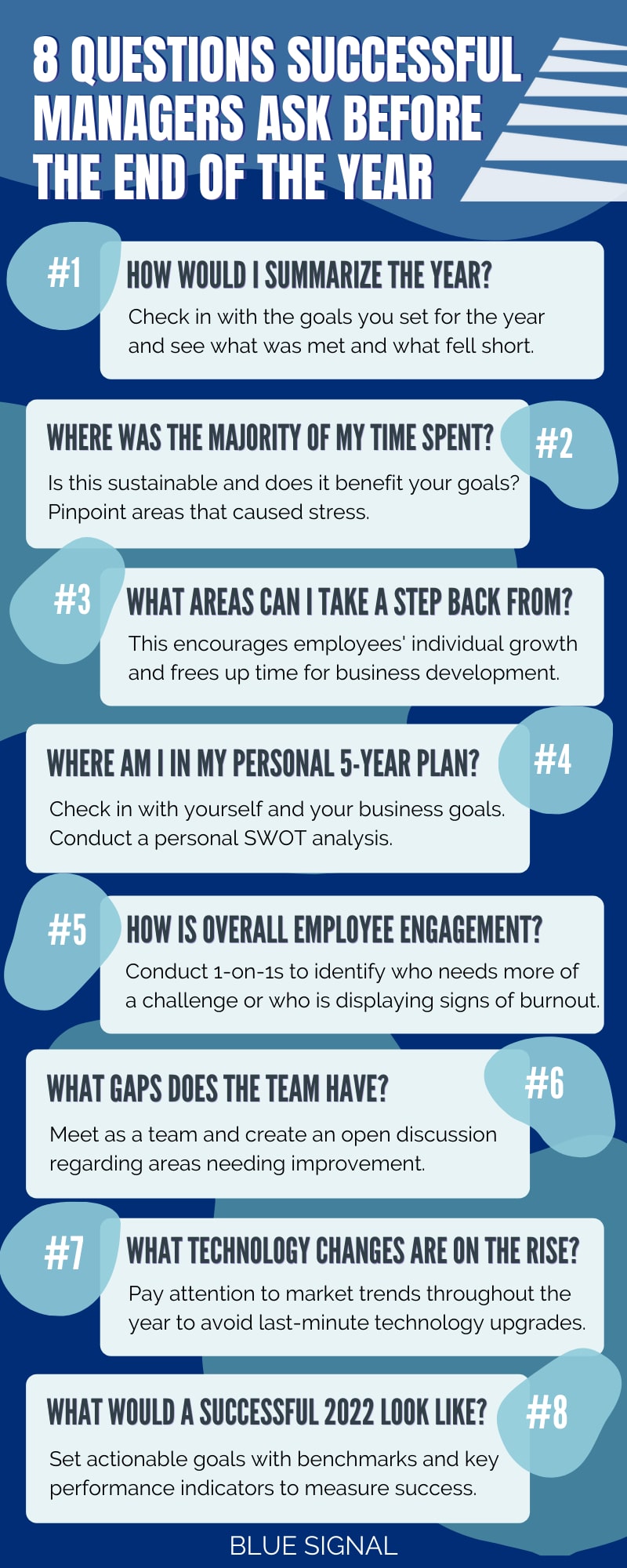









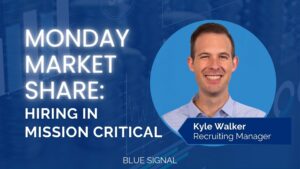










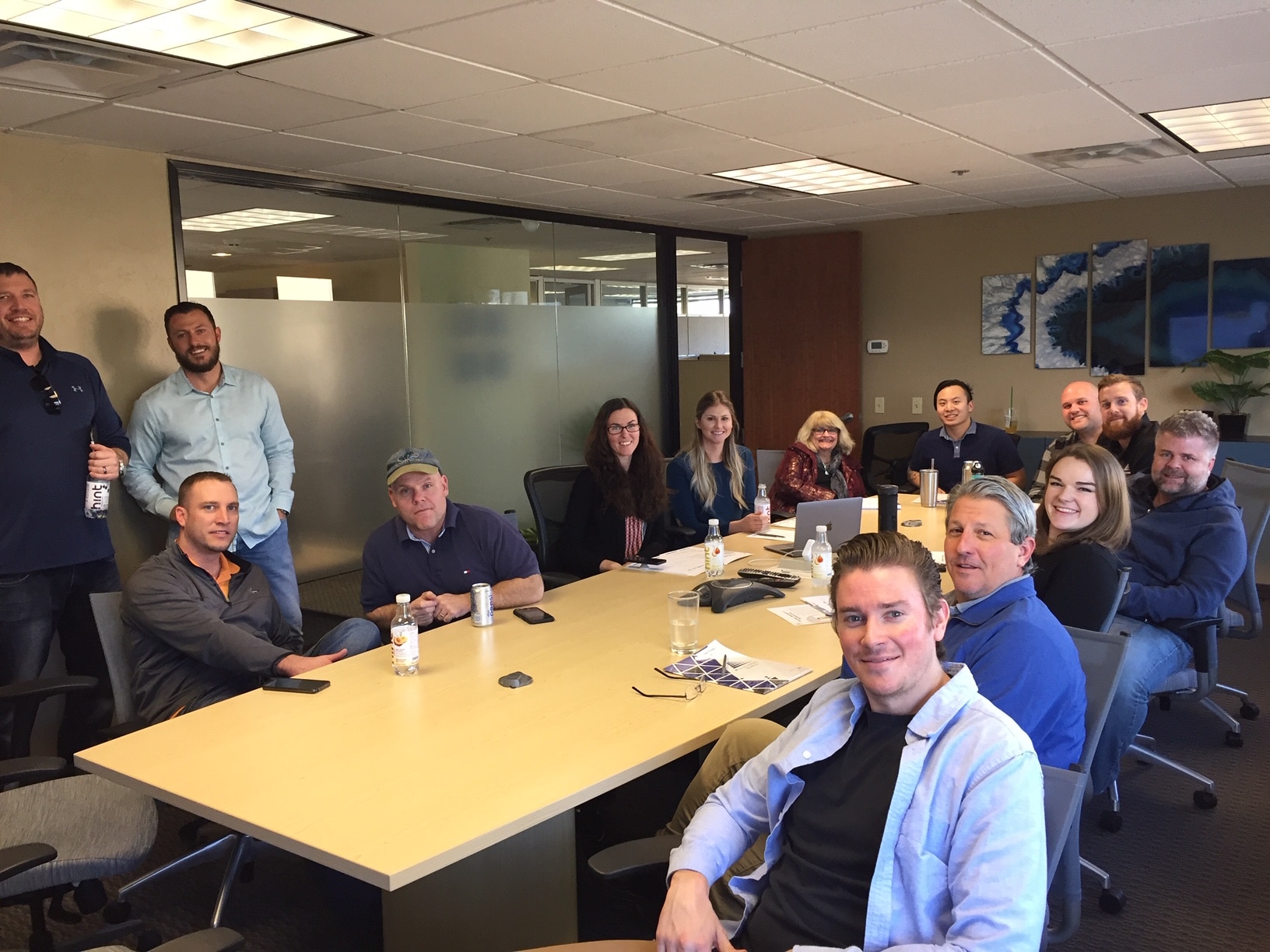

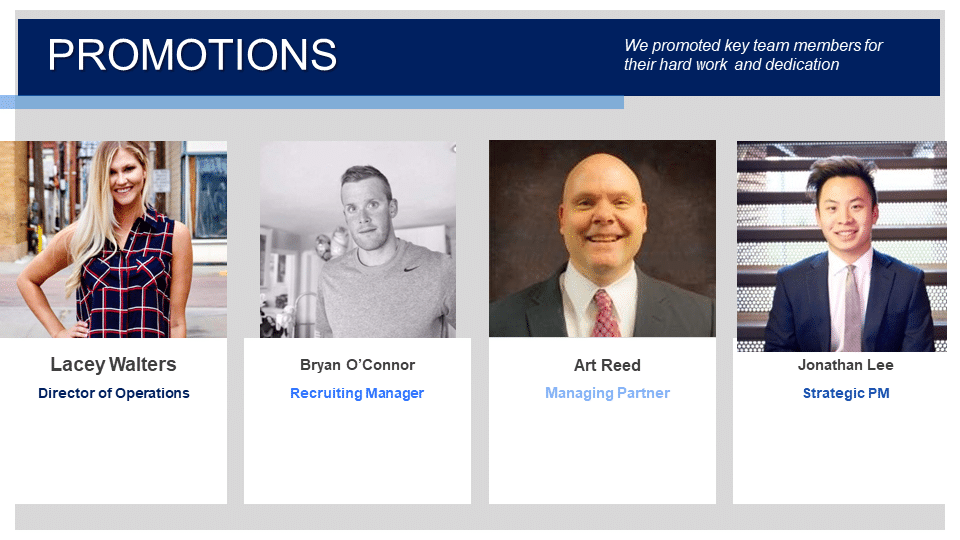


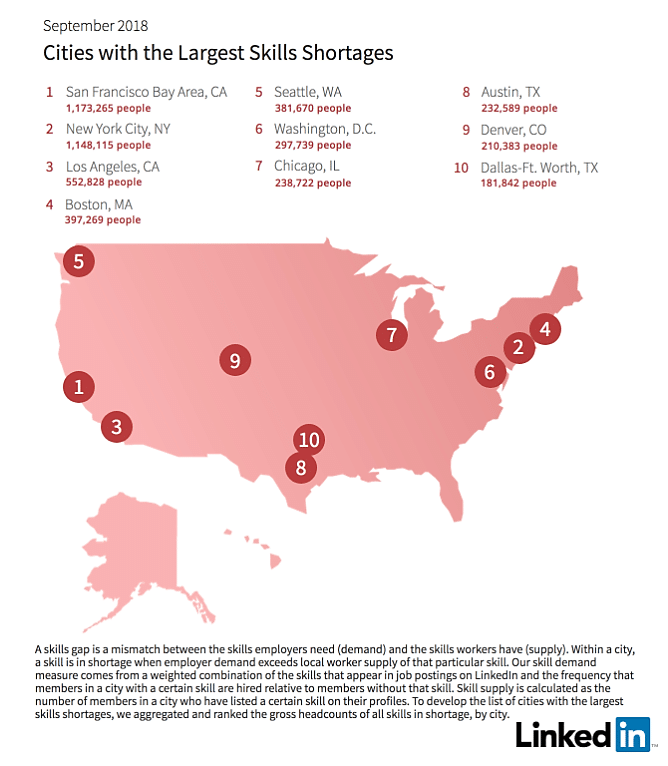
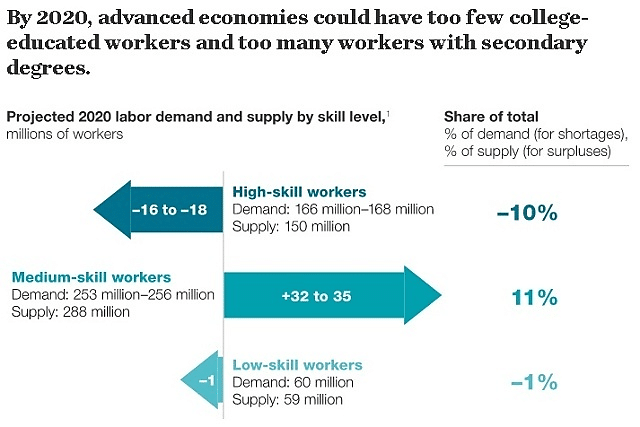
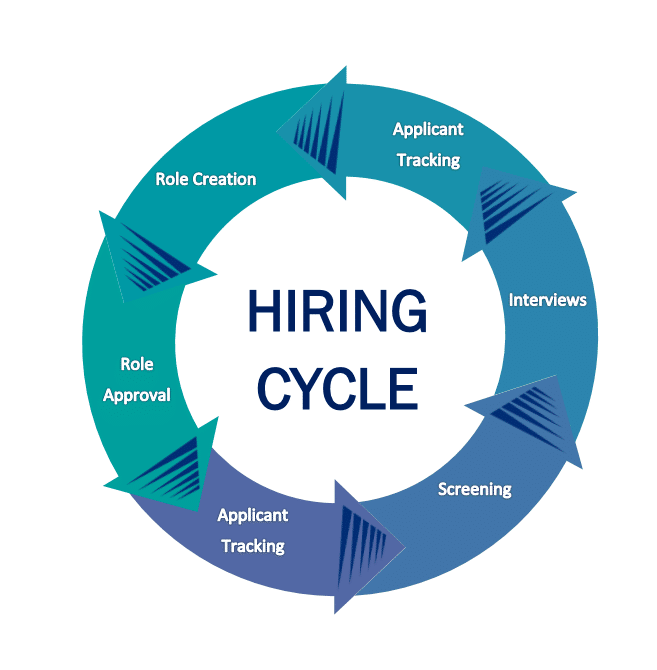







 “Tell me about some of your key metrics.”
“Tell me about some of your key metrics.”